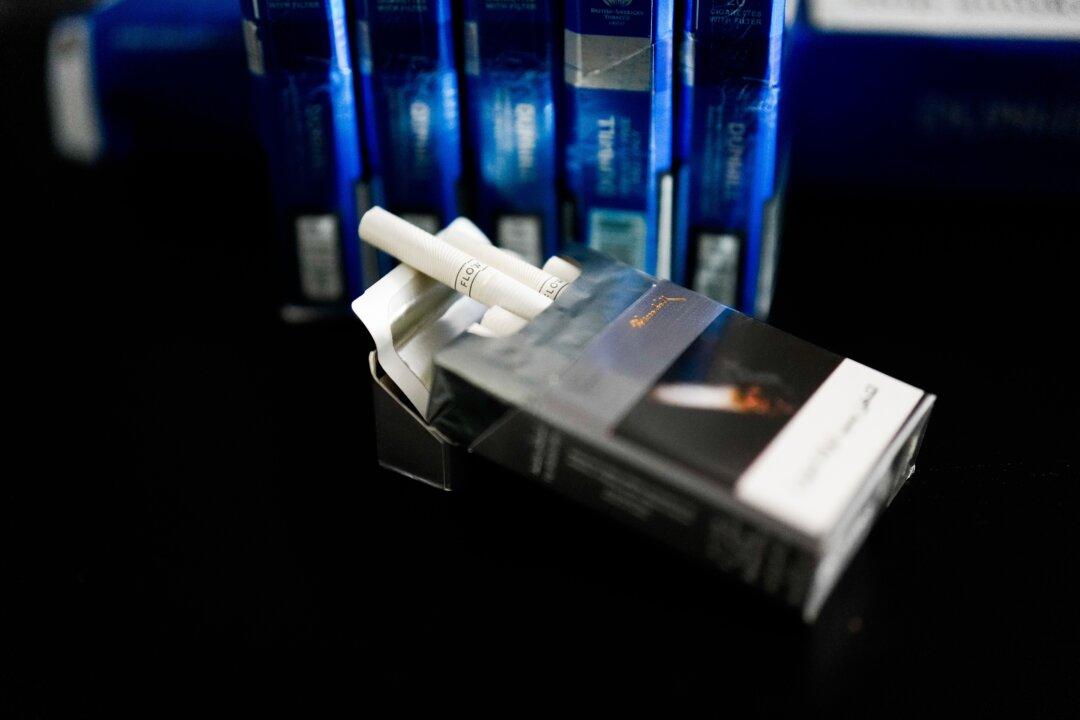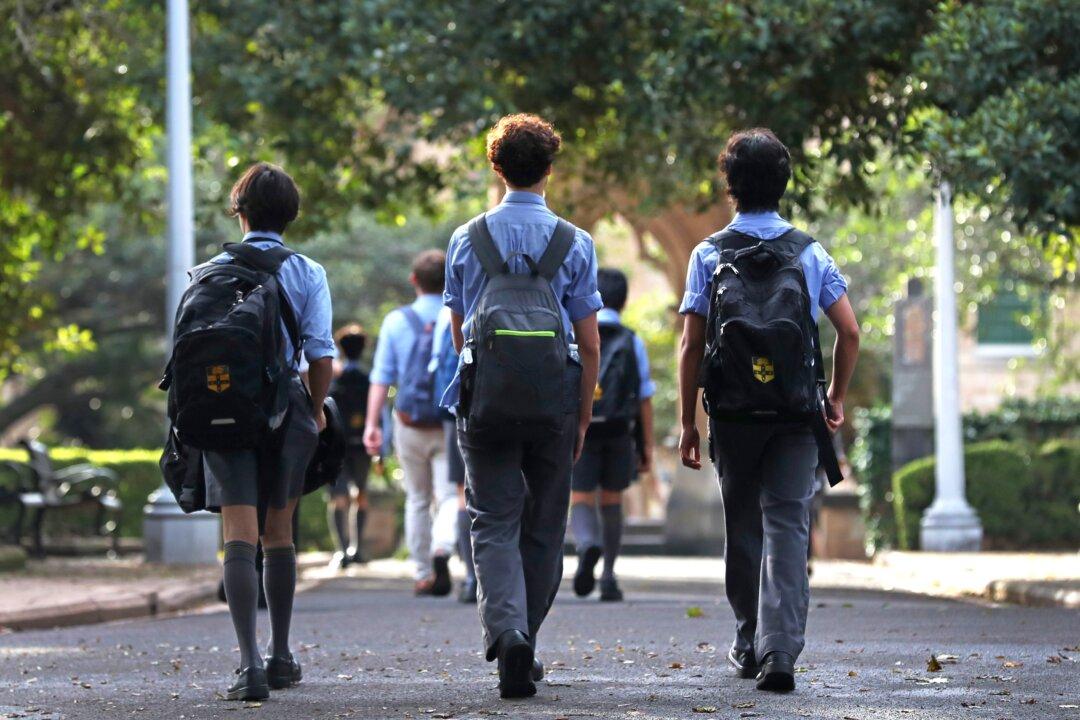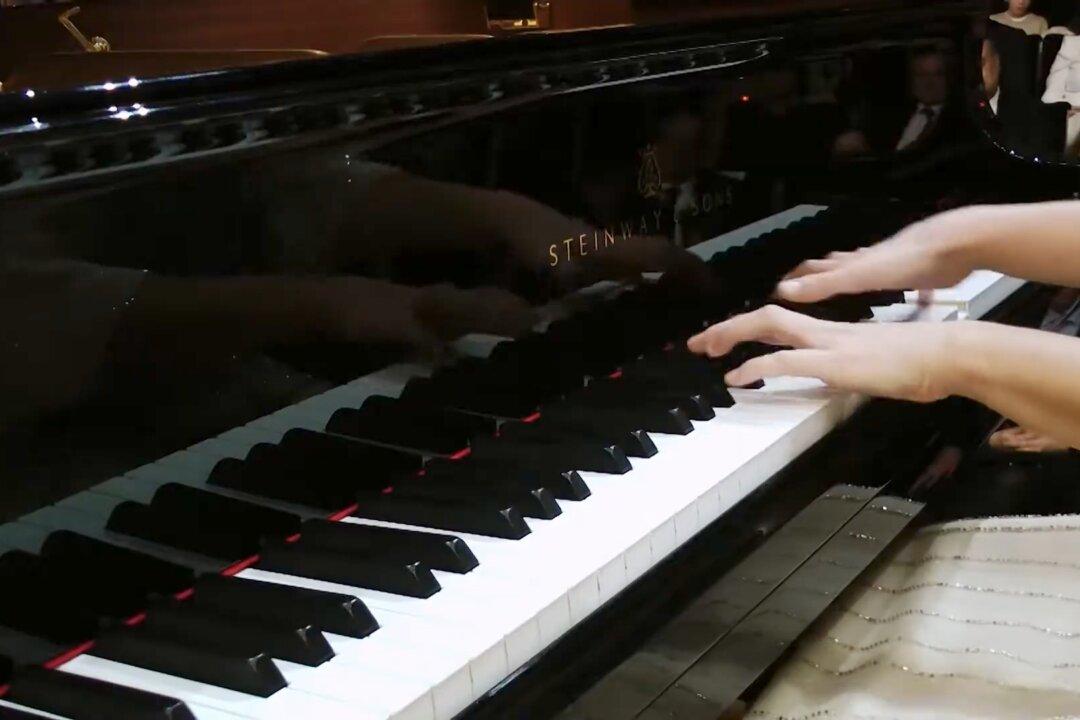The 2025/26 budget’s revenue has taken a blow as black market items eat into expected excise tax revenue from the sale of tobacco products.
The budget was supposed to net the government around $7.4 billion in the coming year, a figure that’s almost 50 percent less than predicted in the 2021/22 budget.





